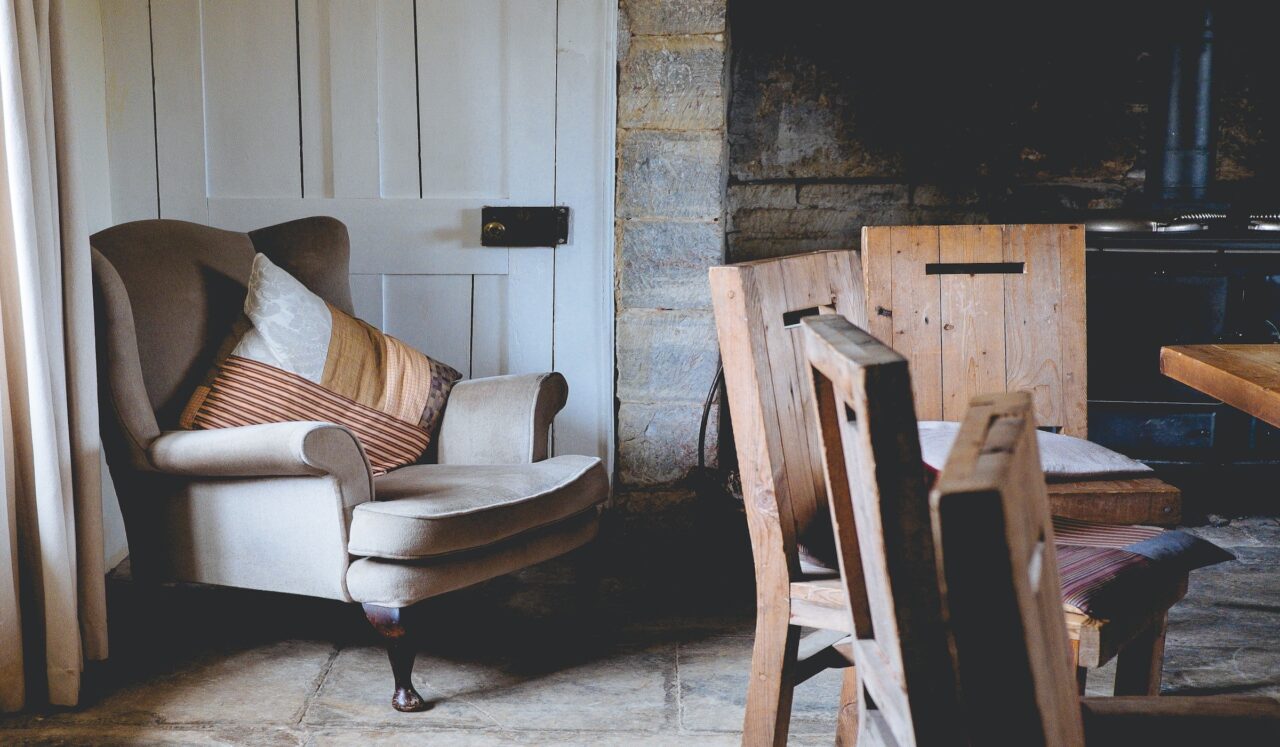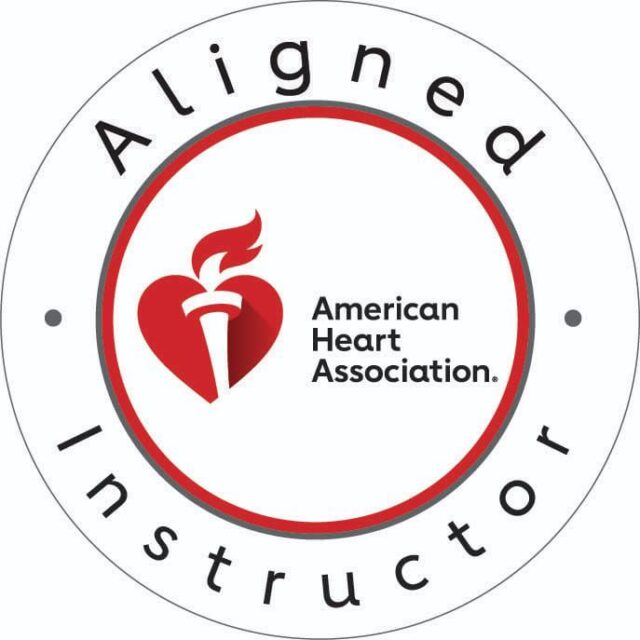Wondering what home modifications for aging patients are handy to enhance their safety around the home?
If you have an aging patient in need of in-home care, and you are wondering what modifications you can make in their home to enhance safety and avoid or reduce to the barest minimum accidents and falls, this guide is a sure guide.
As individuals age, their ability to get through their homes without stumbling into a thing or two is minimal. Some at this point can’t remember what is where in their home because of Alzheimer’s or Parkinson, or they are suffering from cataracts. Whichever the case, caregivers should not just focus on their diet planning or fitness procedures as key to thriving in Golden years, attention should be paid to modifying their home and its aesthetics to enhance safety.
The elderly need to have their homes undergo certain modifications to ensure a safe and comfortable living environment. Making these home modifications can significantly enhance the safety and independence of aging patients, reducing the risk of accidents and promoting a higher quality of life.
In this article, we will explore key home modifications for aging patients that can be implemented to create a safe and secure space for them. We have specified these intended modifications based on the rooms in the home to help you know what to fix where.
Essential Home Modifications for Aging Patients To Enhance Safety
Here are suggestive modifications we have seen work for some aging patients that you can adopt and enhance the safety of your patient or loved one.
#1. Install Grab Bars and Handrails
One of the most crucial home modifications for aging patients is the installation of grab bars and handrails. These fixtures provide essential support and stability in areas prone to slips and falls, such as bathrooms, staircases, and hallways.
Properly installed grab bars and handrails offer stability when maneuvering around the house, allowing aging individuals to maintain their balance and reduce the risk of accidents.
#2. Improve Bathroom Safety
Bathrooms can be particularly hazardous for aging patients due to slippery surfaces and difficult-to-access fixtures. To enhance safety, consider implementing the following modifications:
- Installing walk-in showers or tub-to-shower conversions: These modifications eliminate the need to step over high bathtub walls, reducing the risk of tripping and falling.
- Adopting non-slip flooring: Installing non-slip flooring materials, such as textured tiles or non-skid mats, can prevent slips in wet areas like bathrooms.
- Installing raised toilet seats: Raised toilet seats make it easier for aging patients to sit and stand, promoting independence and reducing the risk of falls.
- Adjustable showerheads: Install handheld or adjustable showerheads to allow aging patients to shower comfortably while seated.
- If your patient is a paralyzed patient you need to sponge bath, you need to install the bathtub that is best for them.
#3. Create a Barrier-Free Environment
Reducing physical barriers within the home is crucial for aging patients with mobility challenges. Consider the following modifications to create a more accessible and user-friendly environment:
- Widen doorways and hallways: Making doorways and hallways wider allows for easier navigation with mobility aids such as walkers or wheelchairs.
- Remove thresholds: Eliminating or minimizing thresholds between rooms eliminates tripping hazards and facilitates smooth movement throughout the house.
- Adopt lever-style door handles: Replacing traditional doorknobs with lever-style handles requires less manual dexterity, making it easier for aging patients to open and close doors.
#5. Enhance The Lighting Of The House
One of the essential home modifications for aging patients is good lighting. Good lighting is essential for seniors, as visual impairments can increase the risk of accidents. Ensure adequate lighting in all areas of the home, especially staircases, hallways, and entryways. Consider these lighting modifications:
- Install brighter bulbs: Replace dim bulbs with higher wattage or energy-efficient LED bulbs to improve visibility.
- Adopt the use of motion sensor lights: Installing motion sensor lights in key areas provides automatic illumination, reducing the risk of trips and falls in the dark.
- Put lights in essential areas such as staircases, hallways, and entryways.
#6. Kitchen Modifications
The kitchen can present challenges for aging patients due to high countertops, inaccessible cabinets, and slippery floors. Consider these modifications to enhance kitchen safety:
- Install lowered countertops: Lowered countertops or adjustable work surfaces allow aging individuals to prepare meals comfortably and safely. With this, they do not have to stretch to reach for anything they need in the kitchen.
- Put pull-out shelves and drawers: Replace traditional cabinets with pull-out shelves and drawers for easy access to items without the need to bend or reach.
- Adopt anti-slip flooring: Use slip-resistant flooring in the kitchen to minimize the risk of falls, especially in areas prone to spills.
#7. Improved Flooring For Major Areas
Choosing the right flooring can make a significant difference in reducing the risk of slips and falls. Consider the following modifications:
- Non-slip flooring throughout the house: Replace slick surfaces with non-slip flooring materials, such as rubber or cork, to provide better traction and stability.
- Carpeting and area rugs: Install wall-to-wall carpeting or secure area rugs with non-slip backing to prevent trips and falls.
- Consider floors that are easy to clean.
#8. Accessible Storage Solutions
One of the essential home modifications for aging patients is of providing accessible storage solutions. Making storage more accessible can help aging patients easily reach essential items without straining themselves. Consider these modifications:
- Lower shelving and cabinets: Lower the height of shelves and cabinets, ensuring items are within easy reach without the need to stretch or use a step stool.
- Organizational tools: Use pull-out shelves, lazy susans, and drawer dividers to improve visibility and organization, making it easier to locate items.
#9. Smart Home Technology
Incorporating smart home technology can enhance safety and convenience for aging patients. Consider the following modifications:
- Voice-activated devices: Install voice-activated assistants, like Amazon Echo or Google Home, to control lights, thermostats, and other devices without physical effort.
- Home monitoring systems: Set up cameras and motion sensors to provide an added layer of security and allow caregivers or family members to monitor the well-being of aging patients remotely.
#10. Staircase Safety
Staircases can pose significant risks for aging individuals. Implement these modifications to enhance safety:
- Stairlifts or chairlifts: Install stair lifts or chairlifts to provide a convenient and secure way for aging patients to navigate stairs without excessive effort or strain.
- Contrast strips: Apply contrasting strips or colors to the edges of stairs to increase visibility and reduce the risk of missteps.
Conclusion
Creating a safe and accommodating home environment for aging patients is of utmost importance to enhance their well-being and independence. By implementing the recommended modifications you can significantly reduce the risk of accidents and promote a comfortable living space for aging individuals.
Remember, each home and individual’s needs are unique, so it is essential to assess specific requirements and consult with professionals for personalized recommendations. Also, ensure the modifications are suitable and properly implemented.
By creating a safe and accessible home environment, you can help aging patients maintain their independence and enjoy a higher quality of life.
We hope you found this guide helpful.
If you are in Indiana and looking for how to access quality care services and personalized client care plans, visit Good Hands home care agency, where care is offered with professionalism and efficiency.





